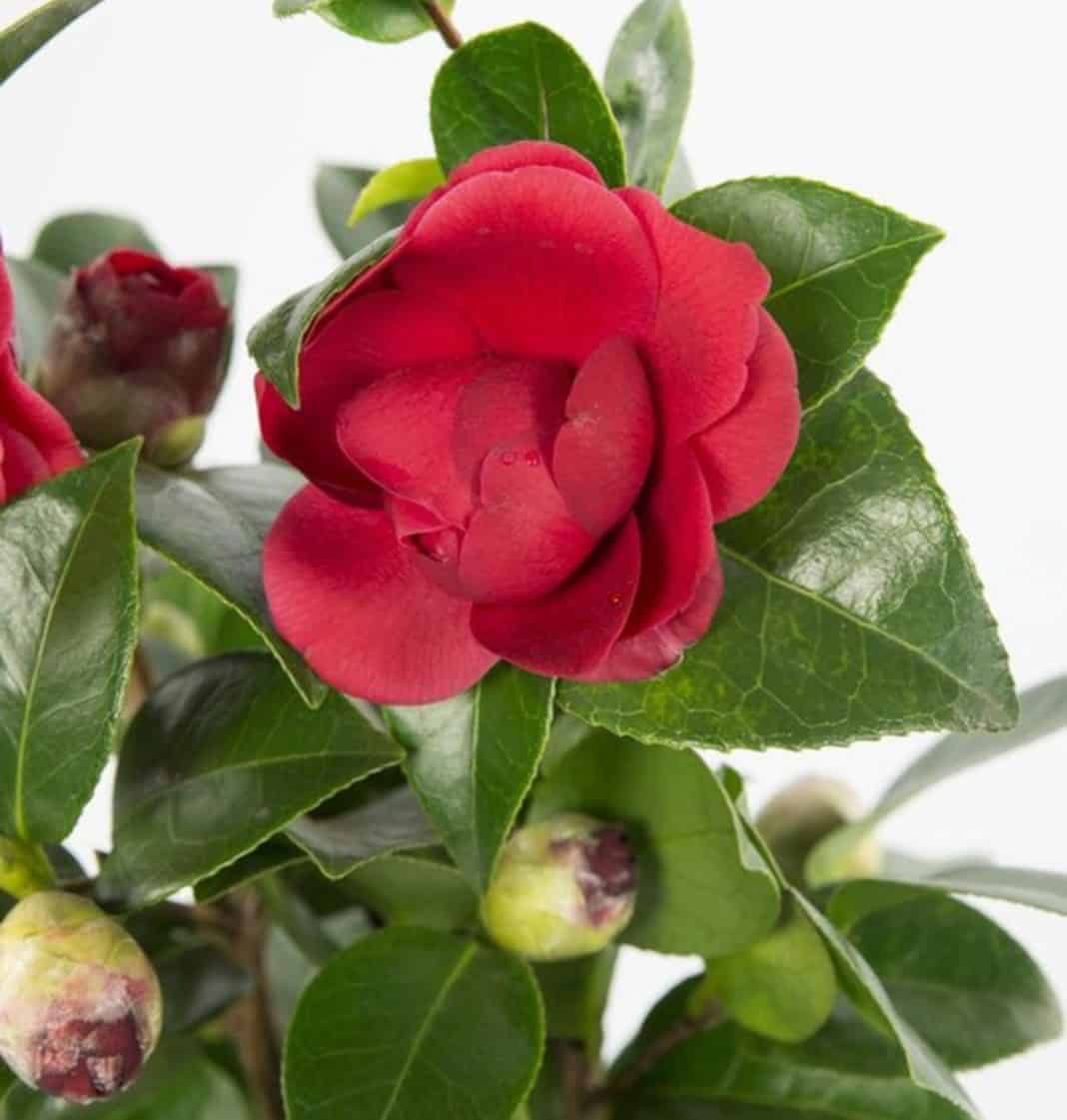Popular evergreen shrubs Camellias produce beautiful flower displays during late winter-early spring, with a plethora of varieties to choose from: white, pink or red, can either be single or double-headed with shiny, evergreen leaves all-year round.
Get soil conditions right, as Camellias need to grow in acidic soil. Mulch with ericaceous compost or bark chippings.
Make soil more acidic by adding composted bracken, leaf mould or composted pine needles.
Camellias prefer a dappled or full shady position. Morning shade is good; direct morning sun can dry out developing flower buds.
Choose a sheltered spot, as camellias don’t thrive in exposed, windy spots. Plant in autumn, when the soil is still warm and roots have plenty of time to establish before winter.
Camellias grow well in pots, are slow-growing, and don’t need re-potting often. Re-pot in spring, into fresh compost and before the plant is visibly pot-bound. Quality bark mulch in spring will give a boost and act as a soil conditioner.
Water with rainwater, if possible, particularly important in hard water areas that have high calcium deposits in tap water, which can affect acidity of the soil.
Water well during July-September, when next year’s flower buds are forming. Dead-head flowers as they begin to turn brown.
When grown in the right conditions, they don’t need feeding, unless they’re showing signs of ill-health. Be careful not to feed too much in summer, which can cause bud drop.
Camellias don’t need pruning to promote flowering. Some varieties can grow up to 5m in height if left unpruned. If space is limited, prune for height. Shape as soon as possible after flowering






